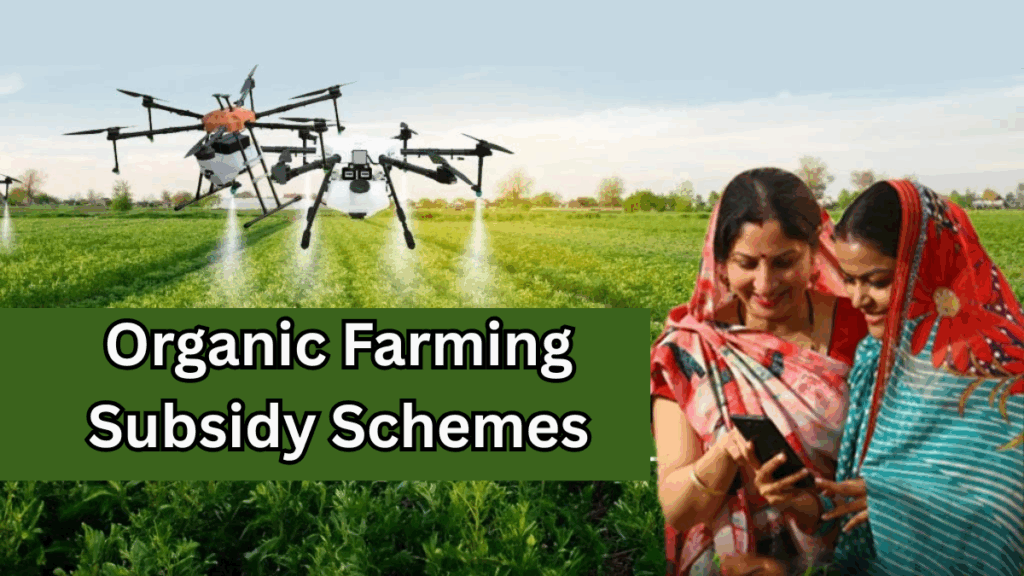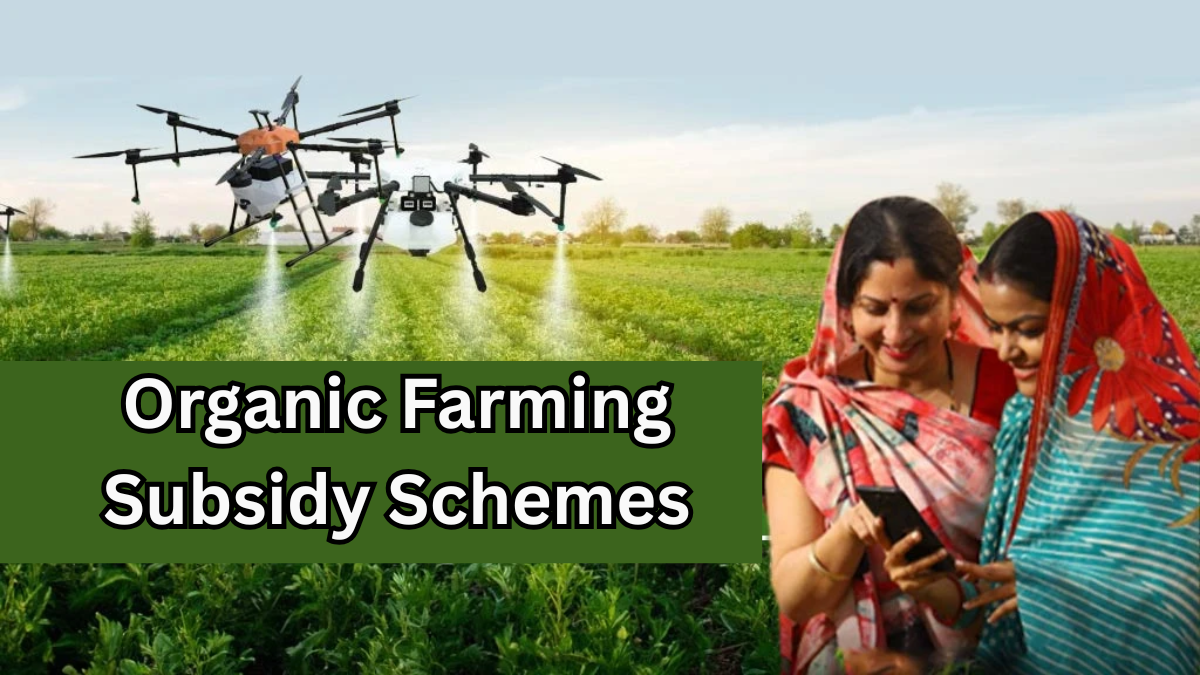Organic farming in India has gained significant momentum as more farmers are shifting towards chemical-free cultivation. To support this change, the government has launched several Organic Farming Subsidy 2025 initiatives and Govt programs that provide financial aid, training, and resources for farmers. These schemes are designed to promote sustainable agriculture while ensuring better returns for farmers and safer food for consumers.

Why Organic Farming Matters in 2025
-
Rising health awareness among consumers
-
Higher market demand for organic products domestically and globally
-
Reduced dependence on costly chemical fertilizers and pesticides
-
Long-term soil fertility and environmental sustainability
With the right Govt programs, farmers can benefit from subsidies that reduce costs and encourage large-scale adoption.
Key Organic Farming Subsidy Schemes in India – 2025
Here’s a clear look at the major Organic Farming Subsidy 2025 schemes:
| Scheme | Key Features | Subsidy / Benefit |
|---|---|---|
| Paramparagat Krishi Vikas Yojana (PKVY) | Focus on cluster-based organic farming | ₹50,000 per hectare for 3 years |
| Mission Organic Value Chain Development for North Eastern Region (MOVCDNER) | Targeted support for NE states | Up to ₹25,000 per hectare for inputs |
| National Mission on Sustainable Agriculture (NMSA) | Encourages eco-friendly farming | Subsidies on bio-fertilizers & compost units |
| Rashtriya Krishi Vikas Yojana (RKVY) | State-driven flexibility in promoting organic farming | Grants for infrastructure & marketing |
| Organic Certification Support | Certification cost covered | Reimbursement up to 100% for small farmers |
Benefits of Organic Farming Subsidy 2025
-
Financial Relief: Reduces input costs and increases profitability
-
Market Access: Helps farmers connect with organic product markets
-
Training & Awareness: Govt programs provide skill development workshops
-
Environmental Gains: Restores soil health and promotes biodiversity
-
Consumer Trust: Certified organic products get better pricing
Challenges Farmers Face
Despite these schemes, some challenges remain:
-
High initial transition cost
-
Limited awareness about subsidy schemes
-
Certification delays
-
Market competition with non-organic produce
Addressing these gaps through awareness campaigns and streamlined Govt programs can make organic farming more attractive and sustainable.
Future of Organic Farming in India
By 2025, India is expected to witness:
-
Wider adoption of organic farming clusters
-
Growth in export of certified organic produce
-
Stronger government support under new schemes
-
Increased participation of youth in sustainable farming
The Organic Farming Subsidy 2025 framework is a step towards making India a global hub for organic produce.
FAQs on Organic Farming Subsidy 2025
Q1. What is the main objective of Organic Farming Subsidy 2025?
The main aim is to encourage farmers to adopt chemical-free farming methods while providing financial and technical support through Govt programs.
Q2. Who can apply for these subsidies?
Small, marginal, and large farmers can all apply. Priority is often given to farmer groups, cooperatives, and Self-Help Groups (SHGs).
Q3. How do farmers apply for organic farming subsidies in 2025?
Applications can be made through state agriculture departments, Krishi Vigyan Kendras (KVKs), or directly via online government portals.
Q4. Is organic certification mandatory to avail subsidies?
Yes, for most schemes certification is required. However, some programs also cover certification costs, making it easier for farmers.
Click here to learn more
